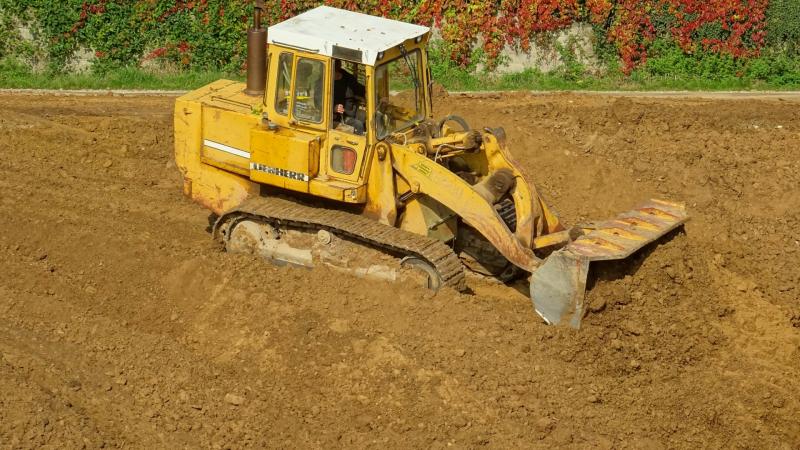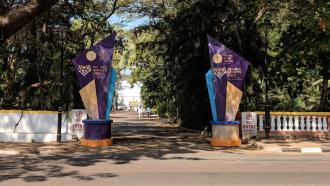
Rampant sand mining over the decades in India and many parts Asia has led to eroding coastlines and degraded waterways in much of the continent. Christina Larson, a journalist from Kihim, India has looked the severe ecological damage caused by unbridled epidemic of illegal sand mining.
Sand has become an essential component of most of modern infrastructure. From roads to buildings and other structure, usage of sand is ubiquitous all over the planet. Sand mining is the extraction of sand from beaches or ocean and riverbeds. The dredging and mining often leads to erosion, and the disturbance caused by the process of mining to the ocean or river floor can also adversely affect the biodiversity of the region.
A recent ban on sand mining imposed by the Department of mines and geology (DMG) in two zones near the river Chapora in Goa brought to the forefront, the ever persistent fight against illegal mining. According to a report by the Geological Survey of India (GSI), riverbed mining causes several alterations to the physical characteristics of both a river and riverbed. These can severely impact the ecological equilibrium of a river and damage plants, animals and riparian habitats. Although several policy measures have been undertaken, the sheer demand for sand worldwide has given rise to a large network of illegal sand mining operators.
In a new article in Science, Christina Larson looks at the environmental toll of the rampant extraction. “Poorly regulated and often illegal sand removal has been linked to declines in sea grasses in Indonesia and in charismatic species such as the Ganges River dolphin and terrapins in India and Malaysia” she observes.
Poyang Lake in China, the largest freshwater lake in China, is another area which has witnessed degradation due to illegal mining. According to the author, “tens of millions of tons of sand a year” are dredged affecting the ecology and hydrology of the region. Sand dredging is an important source of revenue for the region surrounding the lake and is a primary driver of economic development in the region surrounding Poyang. However, the extraction has also caused the death of several local wildlife populations, including the finless porpoise, in the lake. Poyang is also an important stop-over for several migratory species of bird population, including the Siberian Cranes which spend 90% of their winter at the lake. Mining has also adversely affected the migratory path of these long distance travelers.
Governments and activists across the continent are introducing stringent measures to control the menace of illegal sand mining, but with powerful mafias still in control of large parts of the operation, curbing this menace will remain difficult.
“Conservation groups are urging governments to crack down. But the political clout of developers means it will be an uphill—and perilous—battle” concludes Ms. Larson about the challenges of reining in on illegal sand mining.






